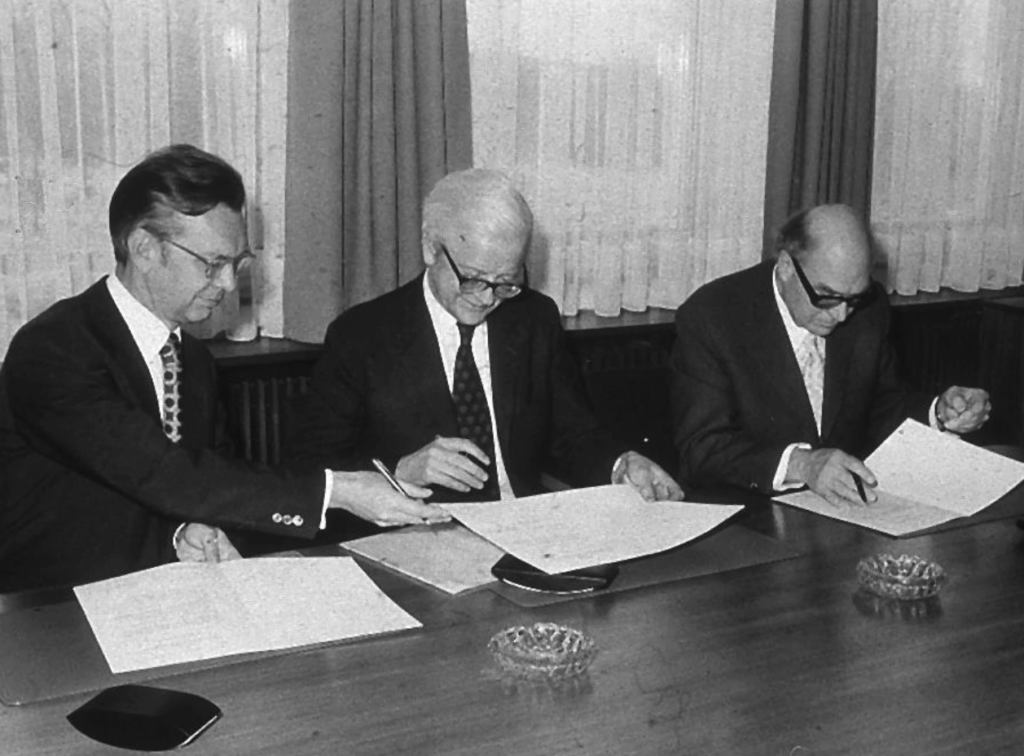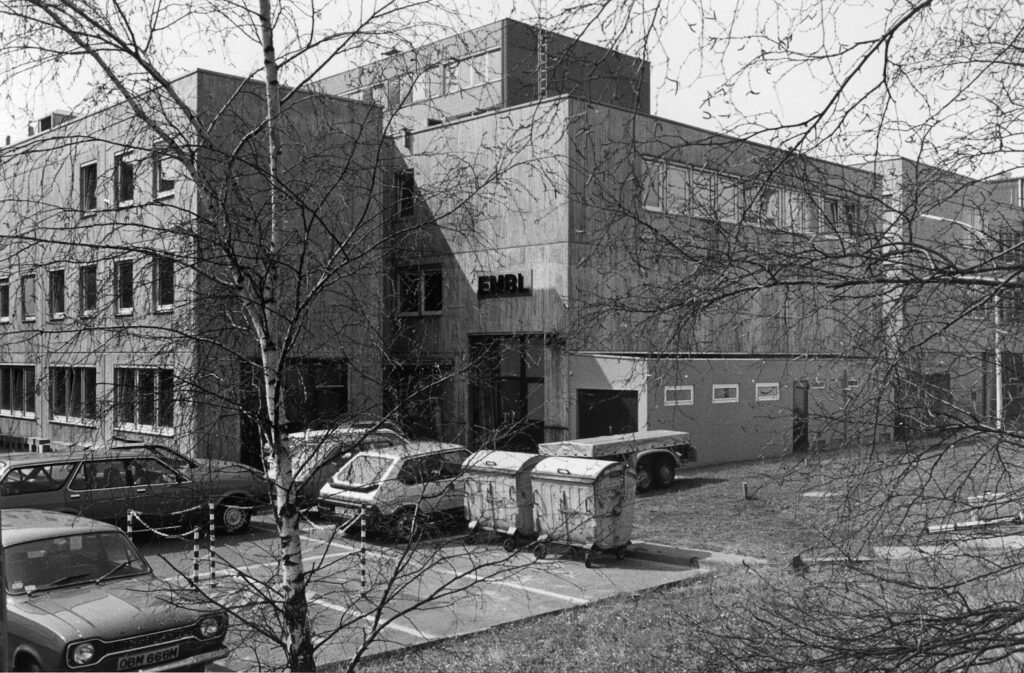EMBL Hamburg’s ‘origin story’: Kenneth Holmes and the first synchrotron diffraction experiment.
This year EMBL Hamburg turns 50 as an official EMBL site. However, EMBL’s connection to the city goes back further than 1975. In fact, EMBO funded experiments and were taking place in Hamburg half a decade earlier, and an ‘EMBL’ laboratory had already been constructed there before the organisation had even been founded! Today, we’d like to dig into this history and one of the most important people in EMBL’s story.
Kenneth Holmes was born in Hammersmith in 1934, studying in Cambridge, London, and then Harvard University in Boston, before returning to Cambridge to work in the Laboratory of Molecular Biology. It was during his Cambridge years that he came to know John Kendrew, who as the Laboratory’s deputy head, examined Holmes as a student. This connection would shape the trajectory of Holmes’ life.
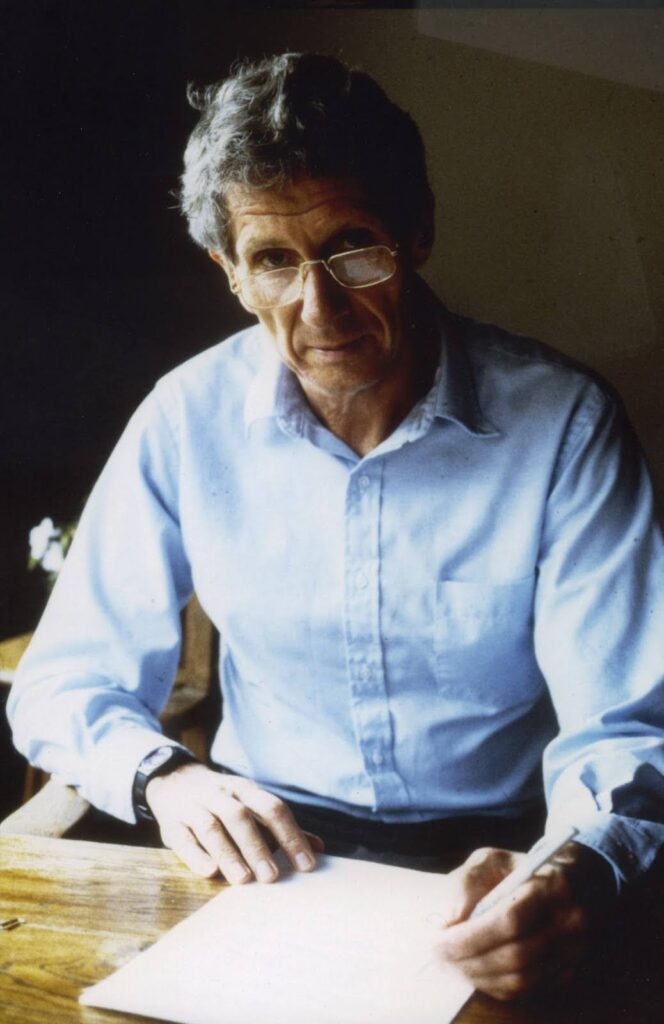
Over the course of his four years at Cambridge he developed an interest in issues related to muscle contraction. During this time it became clear to him that conventional rotating-anode X-ray sources were too weak to capture the dynamic conformational changes in actin and myosin. Because muscles were up to 80% water, they were poor diffractors, with X-ray patterns taking weeks to record. Conversely, he felt that synchrotron radiation might provide access to wavelengths that matched the needs of protein diffraction, potentially enabling observation of fine structural features. He was one of the first scientists to envision synchrotrons as tools for biology, and contacted DESY in Hamburg in 1964 to use their machines. Unfortunately, at that time their X-rays were not strong enough for his purposes and the idea was shelved.
In 1968, when H. H. Weber, a leading scientist studying muscle physiology at the Max-Planck-Institut für Medizinische Forschung in Heidelberg came to retire, Kendrew and others suggested that Holmes replace him. Holmes moved his family from England to Germany and established a Department of Biophysics at Max Planck. Shortly after, he became heavily involved in the efforts by the European Molecular Biology Organisation (EMBO) to establish a laboratory.
His greatest contributions were twofold: first, as a member of the sites subcommittee he was integral in the decision to establish the laboratory in Heidelberg. Indeed, he encouraged Hermann Bujard and Peter von Sengbusch (himself a member of Holmes’ lab) to put together an application to establish EMBL in the city, and was one of the few members of the subcommittee who was supportive of the application from the very beginning – in great contrast with his colleagues’ scepticism. His second great contribution was the promotion of the idea that EMBL should have specialist ‘outstations’ (now called sites).
By 1969, DESY was operating at 7.5 GeV, which Holmes’ lab calculated would be suitable for the experiments they wished to undertake. Holmes suggested to Kendrew that the laboratory should work with DESY to coordinate the use of their facilities for research in structural biology. Successful results in a novel technique would not only act as a use-case for the value of an organisation like EMBL, but having specialist facilities available for use by scientists would be an attractive offer for participating member states. EMBO provided funds for Holmes to conduct his X-ray synchrotron experiments in Hamburg, and it added proposals for sites in Hamburg and Grenoble to the EMBL project.
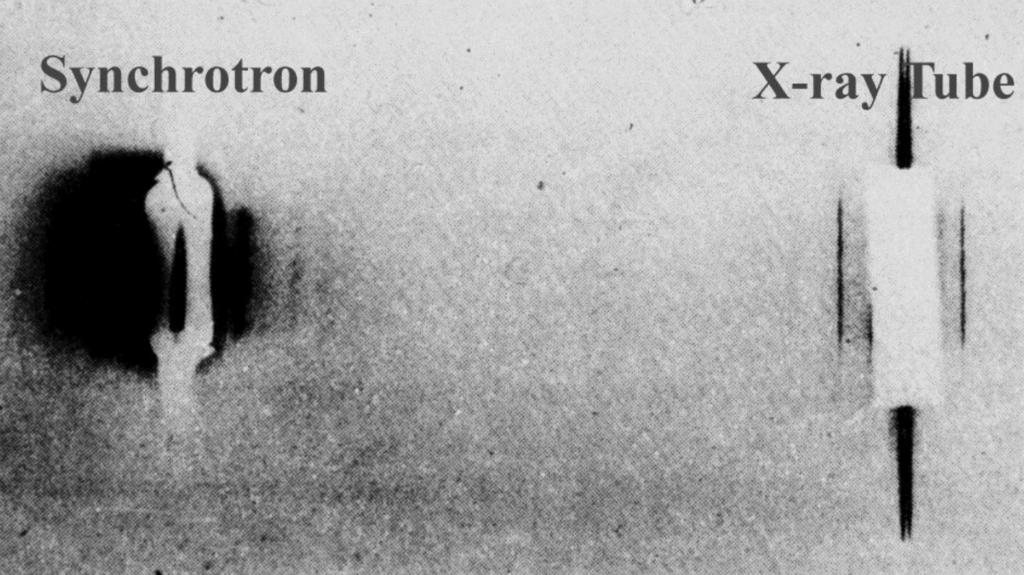
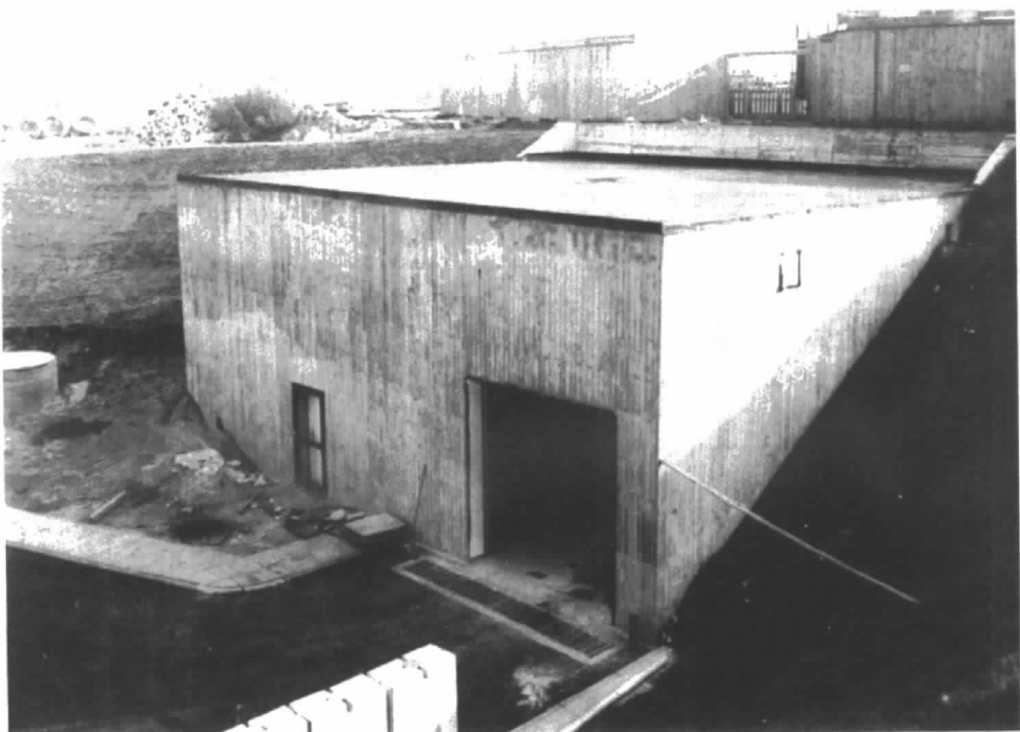
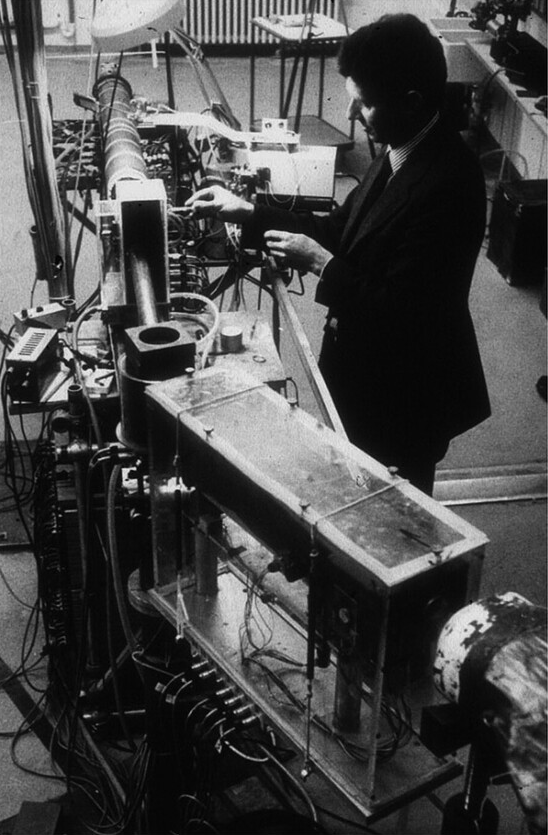
Holmes believed decisive action was needed for the site proposal to move forward and acted far beyond his remit. He not only conducted experiments but constructed an entire laboratory. This was in spite of the fact that budgetary issues were already affecting preliminary proposals – proposals which hadn’t even been approved yet! Holmes, along with Gerd Rosenbaum and Jean Witz, designed a bent quartz monochromator to focus X-ray beams, and in 1970 they used a strip of insect flight muscle to take the very first diffraction photograph using synchrotron radiation.
Holmes’ big risk paid off; the success of these experiments, and the potential of expanding these services to encompass a coordinated group of member states was critical in establishing the potential of an organisation like EMBL to advance basic molecular biology research in Europe. It also triggered the construction of a more advanced facility at DESY named Bunker 2, at which Holmes and his team conducted further experiments. This too established a broader interest in the potential of the technology they had pioneered to further molecular biology research pursuits. Holmes’ contributions to establishing EMBL, and the broader landscape of research in molecular biology, cannot be overstated.
